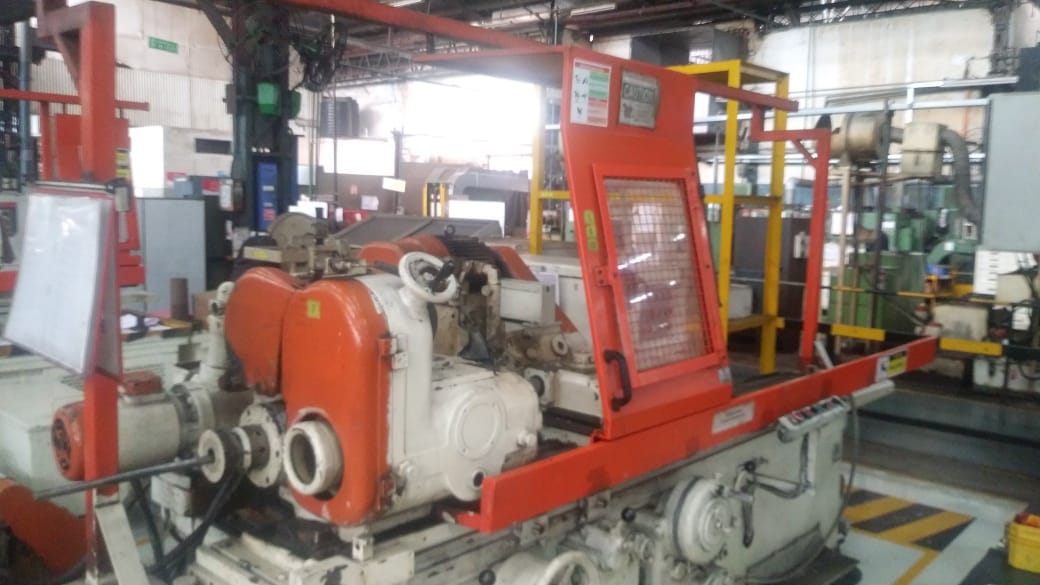Safety Point Guards
Guarding Safety with Precision, One Point at All Time.
Safety Point Guards
Each piece of machinery has its own unique mechanical and nonmechanical hazards. Machines can cause a variety of injuries ranging from minor abrasions, burns or cuts to severe injuries such as fractures, lacerations, crushing injuries or even amputation. Machine guards are your first line of defense against injuries caused by machine operation. Each machine must have adequate safeguards to protect operators and other employees in the immediate work area from hazards created by ingoing nip points, rotating parts, sparks and flying debris. Pinch points and shear points would include power transmission apparatuses such as: flywheels, pulleys, belts, chains, couplings, spindles, cams, gears, connecting rods and other machine components that transmit energy. Having an understanding of how a machine works, and how the guards can protect you, will result in a reduced risk of injury

All guards should
-
PREVENT CONTACT
machine guards must provide a physical barrier that prevents the operator from having any part of his/her body in the “danger zone” during the machine’s operating cycle.
-
BE SECURED IN PLACE
machine guards must be secure and strong so that workers are not able to bypass, remove, or tamper with them.
-
CREATE NO NEW HAZARD
A safeguard defeats its own purpose if it creates a hazard of its own such as a shear point, a jagged edge, or an unfinished surface which can cause a laceration. If possible, one should be able to lubricate the machine without removing safeguards.
-
NOT INTERFERE WITH THE MACHINE OPERATION
Any safeguard which impedes a worker from performing the job quickly and comfortably might soon be overridden or disregarded. Proper safeguarding can actually enhance efficiency since it can relieve the worker’s apprehensions about injury. Hazardous Mechanical Motions:
-
HAZARDOUS MOTIONS
including rotating machine parts, reciprocating motions (sliding parts or up/down motions), and transverse motions (materials moving in a continuous line).
-
POINTS OF OPERATION
the areas where the machine cuts, shapes, bores, or bends the stock being fed through it.
-
PINCH POINTS AND SHEAR POINTS
the area where a part of the body or clothing could be caught between a moving part and a stationary object. There are also non-mechanical hazards that can injure machine operators or personnel working in the vicinity of machinery. These hazards include flying splinters, chips or debris; splashes, sparks or sprays that are created when the machine is operating. These hazards can be prevented through the use of machine guarding and wearing/ use of required personal protective equipment (PPE).
